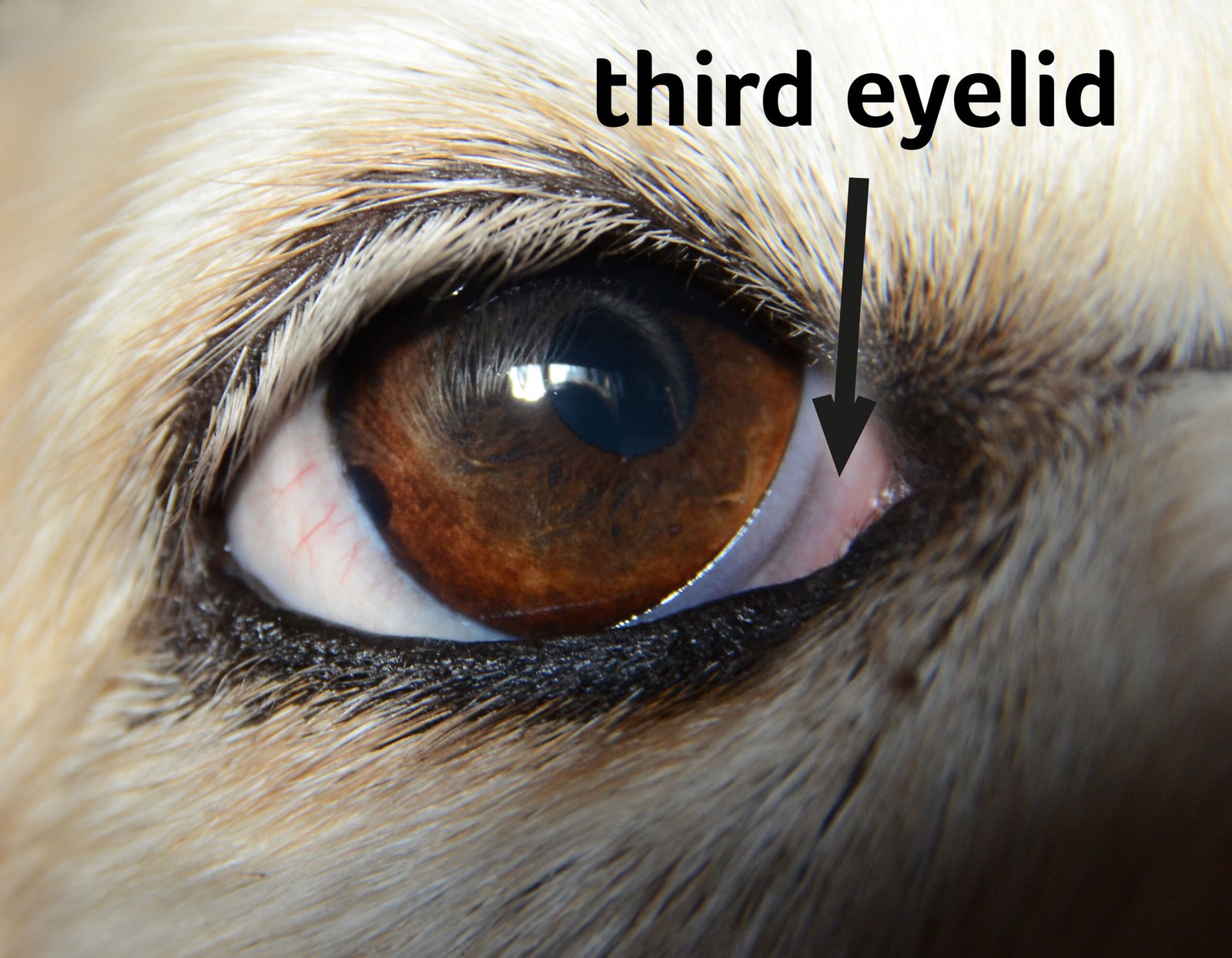Have you ever spent a quiet summer day by a lake in Alberta, only to have your peace interrupted by the sharp call of a bird? You look up and see a bird gracefully rowing through the sky, its long wings cutting through the air with ease. You are witnessing the flight of the common tern, a regular summer visitor to our southern Alberta lake home. These birds, with their stunning flight patterns and incredible dives, never fail to capture my fascination. Let’s dive into the wonderful world of these beautiful creatures.
The Graceful Flight of the Common Tern
There’s something utterly captivating about the way common terns fly. They row through the sky with their long angular wings, showing off their breeding season grey belly, black cap, and red bill【9†source】. Their flight is not just for show, though. They dive towards the water, adeptly picking off fish just below the surface, a spectacular sight that is always a thrill to witness.
A Closer Look: Appearance and Identification
Common terns are medium-sized terns that are primarily characterised by their silver-grey upperparts and white underparts. During the breeding season, they sport a striking black cap and a red bill, adding a splash of colour to their otherwise neutral palette. Their long tails have earned them the nickname ‘sea-swallow’【38†source】. Differentiating them from other terns, such as the Arctic tern, is made easier by noting the black tip on their bill, their darker wing feathers, and their longer legs【38†source】.
Vocalizations: The Language of Terns
Terns are highly vocal birds, and their calls can tell us a lot about what’s happening in their world. In flight or during territorial disputes, they give a down-slurred, burry, and nasal call. When alarmed or threatened, they emit a grating ‘kee-ar’. They also give a sharp ‘kip’ often when feeding in a flock or taking off from a colony【21†source】. Their vocalizations are a key part of their vibrant presence on our lakes.
Breeding Behaviours: From Nest Building to Fledging
Common terns breed in a variety of habitats, nesting on any flat, poorly vegetated surface close to water. The nest may be a bare scrape in sand or gravel, but it is often lined or edged with whatever debris is available. Up to three eggs may be laid, their dull colours and blotchy patterns providing camouflage on the open beach. Both sexes participate in incubation, and the eggs hatch in around 21–22 days, longer if the colony is disturbed by predators. The downy chicks fledge in 22–28 days【27†source】.
Adaptations and Interesting Facts
Common terns have some fascinating adaptations that help them thrive in their environments. For instance, they can drink saltwater or freshwater—like many seabirds, they have nasal glands that excrete excess salt【12†source】. Another unique adaptation is their ability to find their eggs even if they have been buried and no evidence of the nest remains【37†source】.
One interesting behaviour, known as ‘dread’, is seen in the early part of the breeding season. It involves the terns suddenly bursting up from the ground and flying low over the colony or the sea, either to deter predators or for no apparent reason at all【36†source】.
The Epic Journey: Migration of the Common Tern
Common terns embark on one of the longest migrations of all birds, with an
average round trip of 35,000km each year【33†source】. After breeding across most of Europe, Asia, and parts of North America, they migrate south to spend their winter along the coasts of the tropics and the southern hemisphere in areas including Africa, South America, and South-east Asia【33†source】.
The Common Tern in History and Culture
There was a time when common terns made an unfortunate appearance in women’s fashion. In the late 19th century, their feathers and sometimes entire terns were mounted on women’s hats, leading to the near extinction of terns from the Atlantic Coast. Fortunately, their populations rebounded by the 1930s after the passage of the Migratory Bird Treaty Act in 1918【13†source】.
Conservation Status and How to Help
While common terns are not currently at risk, their habitats and populations need to be protected to ensure their survival. You can provide nesting opportunities for these birds by setting up a nest structure well before the breeding season【11†source】. It’s also important to respect their habitats and avoid disturbing nesting colonies.
The common terns we see gracefully flying over our Alberta lake are more than just beautiful birds. They are symbols of resilience, adaptability, and the incredible feats of nature. So, the next time you see a common tern, take a moment to appreciate these remarkable creatures and remember that we play a crucial role in preserving their habitats and ensuring their survival. Happy birdwatching!
*References*
– All About Birds. (n.d.). Common Tern. The Cornell Lab of Ornithology. Retrieved from www.allaboutbirds.org【9†source】【10†source】【11†source】【12†source】【13†source】【14†source】【15†source】【21†source】
– Wikipedia. (n.d.). Common Tern. Retrieved from en.wikipedia.org【27†source】
– Discover Wildlife. (n.d.). Seven common tern facts you need to know. Retrieved from www.discoverwildlife.com【33†source】【34†source】【35†source】【36†source】【37†source】【38†source】



Leave a Reply